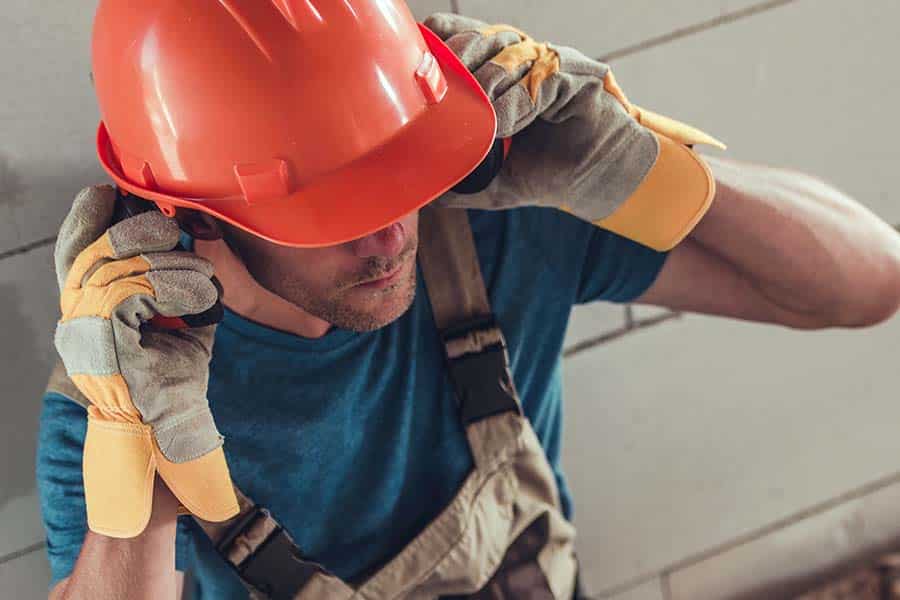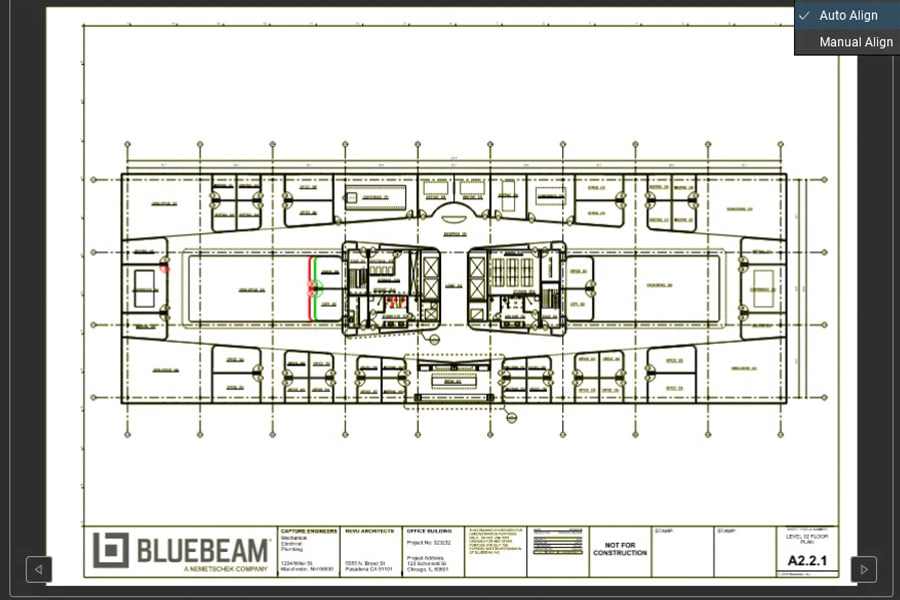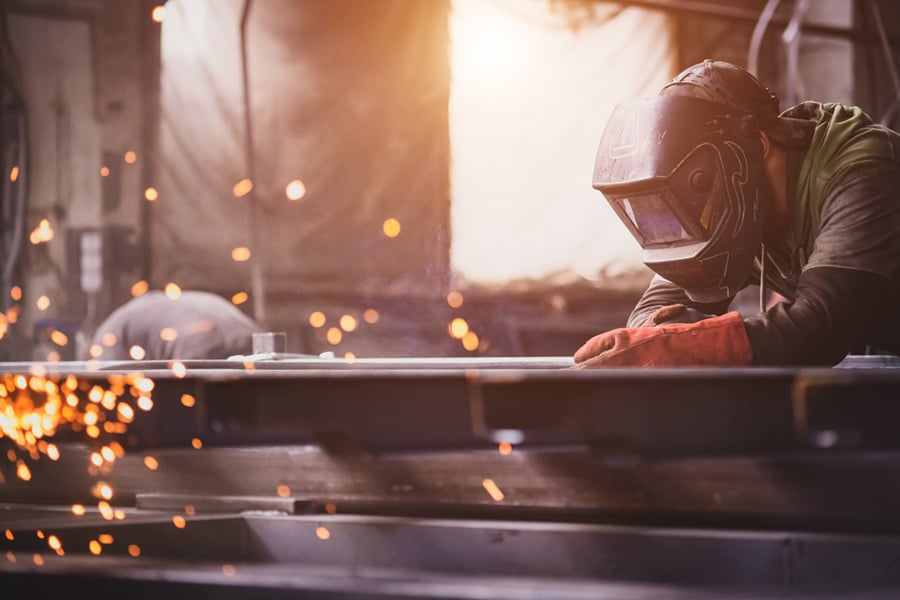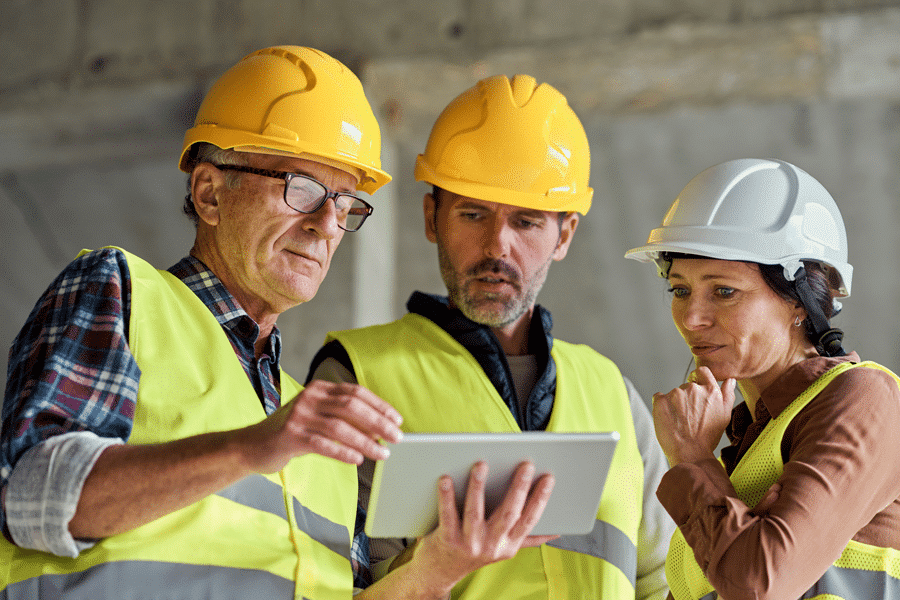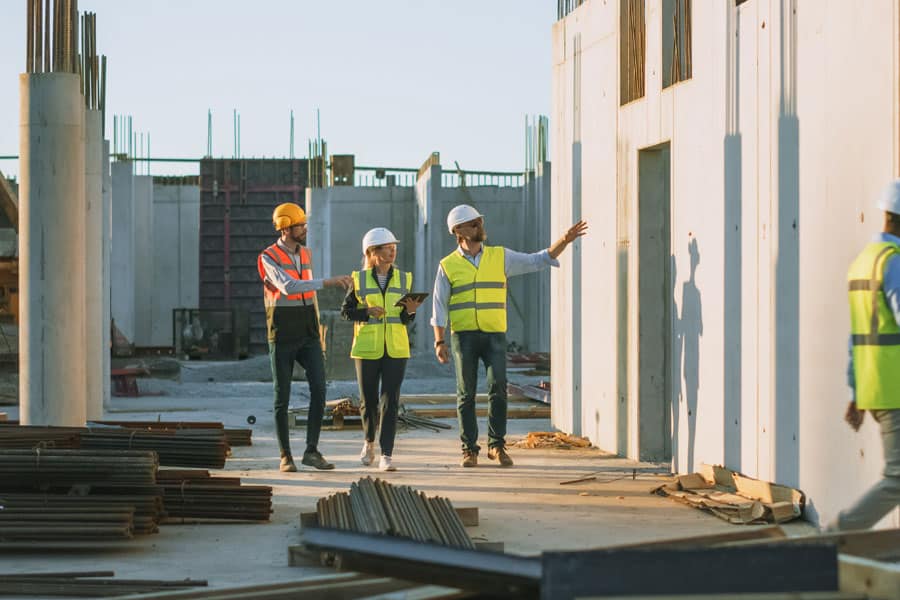At just 20 years of age, NSW construction worker Harry was recognised as a diverse achiever – a talented rugby union player, actor and singer.
However, the extent of his talent and achievements came to a halt when, in July 2023, the apprentice building worker was killed on the worksite after being struck by falling steel reinforcement bars.
Harry is one of 21 construction workers who in 2023 through to mid-August who have died as a result of injuries in the workplace – representing 1 in 4.5 of all workplace deaths across the nation this year.
As one of the most hazardous industries in Australia, the construction sector’s viability and sustainability is contingent on ensuring safe workplaces for its on and offsite crews.
October marks one of the most important weeks on the construction industry’s calendar – National Safe Work Month.
Over the four weeks, four key themes will be explored:
Week 1: Managing workplace risks
The most effective way to protect your workers and your construction business continuity is to identify and manage risks. Risk identification is everyone’s role – however the responsibility ends with decision-makers and supervisors.
Risks exist at the workplace, on work sites and in transit. It is important to consider all aspects of subcontractor and worker roles and responsibilities and then to consider how risks may emerge – internally and externally.
Identifying and managing risks are a continuum – as work environments, tools and infrastructure constantly change.
Read our roadmap for identifying and managing workplace risks here.
Week 2: Mental health in the workplace
Mental wellbeing is central to ensuring people are safely working and contributing to the success of their workplace – however stress, psychological injury and mental illness are largely invisible phenomenon.
Building strategies to support your workers is not a bonus – the end result is a happier, more productive workforce. Learn how Trademutt is breaking down the barriers to mental health conversations in the workplace.
Week 3: Building a supported workforce
Today’s workforces are age, race, gender and linguistically diverse. The risk for some workplaces is that those workers who aren’t enmeshed in the current workplace culture could be left out – impacting on their mental and physical health. Learn how to build a workplace that values diversity and uses it to strengthen operations.
Week 4: (23-31 October) – Working together to ensure a safe and healthy workplace
The final week of National Safe Work Month will focus on the future of work health and safety, including changing patterns and ways of working as well as the emergence of new forms of work. Visit Safe Work Australia to learn more.
Workplace Safety statistics aren’t simply reflected in the 200 workers who are fatally injured across Australia each year. In 2021 more than 130,000 claims were accepted for work-related injury or illness. Body stressing, falls, slips and trips, and being hit by moving objects are the cause of most workplace injuries in Australia. Vehicle incidents, being hit by moving objects and falls from a height continue to account for most fatalities.
Tragically, 154 people lost their lives at Australian construction workplaces from 2016 to 2020.
In its 2020 Work-Related Traumatic Injury Fatalities report, Safe Work Australia confirms that workers older than 45 are at the highest risk of death on construction – accounting for more than 2 in 3 deaths.
“Falls from height is the most common cause of construction fatality, accounting 48 of the 154 construction deaths over the five years to 2020,” the report reveals.
In response, new 10-year national strategy to reduce workplace fatalities, injuries, and illnesses in Australia has been released.
The Australian Work Health and Safety Strategy 2023-2033 sets a national vision of safe and healthy work for all and provides a platform for delivering key work health and safety (WHS) improvements.
Developed under Safe Work Australia’s tripartite governance processes and agreed to by the Commonwealth, state and territory governments, the strategy represents a national commitment to work together to reduce worker fatalities, injuries and illnesses over the next decade.
It outlines targets to measure progress over the next 10 years, including a reduction in worker fatalities caused by traumatic injuries by 30 per cent.
“Everyone who goes to work has the right to return home safely,” Safe Work Australia Chief Executive Officer, Michelle Baxter said.
“While data shows that fatal and serious injuries at work have declined over the last decade, Australian workers are still getting sick and injured, sometimes fatally, from work,” she added.
More than 150 stakeholders were consulted on the development of the Strategy, which addresses ongoing and emerging challenges in work health and safety over the next decade, including:
- managing psychosocial risks,
- the rise of artificial intelligence,
- automation and related technologies, and
- new types of work including gig work.
One of the primary challenges to reducing workplace injuries and deaths is in supporting small businesses – where almost half of workplace injuries occur. With fewer resources spread across sometimes multiple areas within an organisation, small businesses often need help in accessing information and translating it into actions that best meet the needs of their environment.
In response, various State and Territory governments offer a range of support and assistance to ensure small businesses – often the heart of the economy – are prepared.
The Northern Territory Government’s Guide to Safety Management – Small Business Toolkit walks small businesses through how to build safety mechanisms into day-to-day operations, and includes a range of resources and templates of Workplace Health and Safety policies, requirements lists and checklists.
From the first day of inducting a new worker or contractor into your business it’s important to embed safety information and expectations. These processes will also provide an opportunity for new people to bring their own experiences of safety into the conversation and to identify ways to help build your safe workplace.
As a construction business, safety is a continuum and risks often change as a result of new jobs sites and project stages. Including safety design and checks into the workflow will offer an important layer of protection for your workers.





